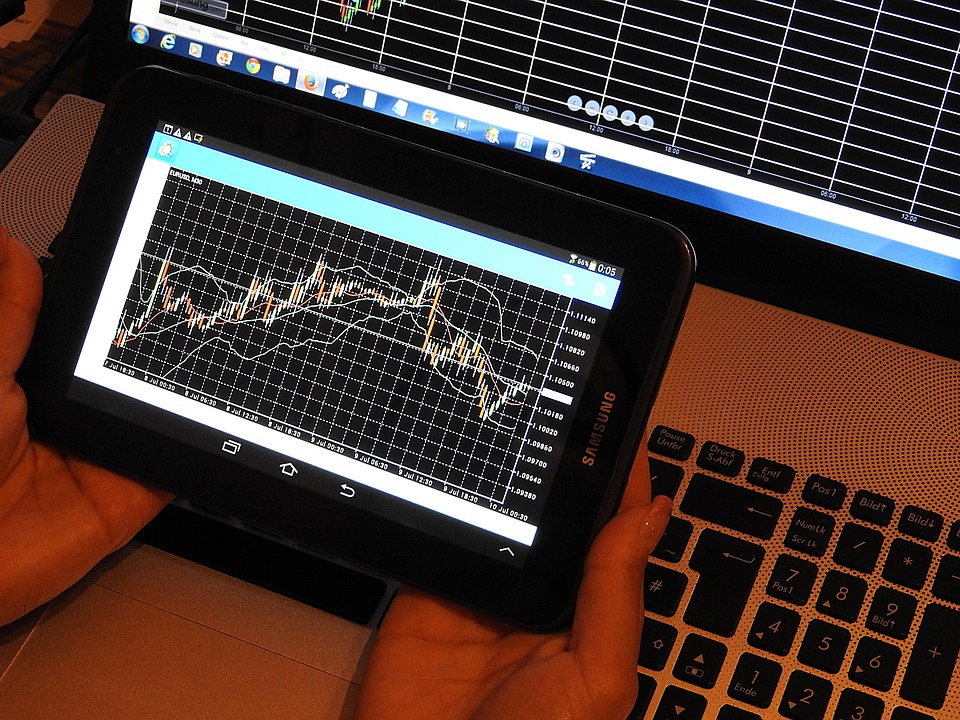
Let’s be honest—forex trading can feel overwhelming when you’re just getting started. Charts full of candlesticks, talk of pips and leverage, and a market that never sleeps? It’s enough to make anyone’s head spin.
But here’s the truth: successful forex trading isn’t about chasing quick wins or finding a “magic” indicator. It’s about building a strategy—your own unique game plan—that helps you stay consistent, confident, and in control.
Key elements of a winning forex trading strategy
Following are some key element of a winning forex trading statregy:
1. Start With the Basics (and Be Honest With Yourself)
Before you jump into strategy-building, ask yourself:
- What’s my trading goal? (Daily income? Long-term wealth?)
- How much time can I actually dedicate to trading?
- What’s my risk tolerance?
- Am I more of a numbers person, or do I follow gut instincts?
There’s no “one-size-fits-all” in forex. A winning strategy for someone else might be a disaster for you. So be real about your lifestyle, mindset, and preferences from the get-go.
2. Pick a Trading Style That Suits You
There are a few common trading styles in forex:
- Scalping: Very short-term trades (seconds to minutes). Fast-paced and intense.
- Day Trading: All trades opened and closed within the day. Great if you can monitor the market during business hours.
- Swing Trading: Holding trades for days or weeks. Less screen time, more patience needed.
- Position Trading: Long-term trades based on fundamentals and big-picture trends.
➡️ Tip: Don’t choose a style based on what’s popular. Choose what fits your personality and schedule.
3. Master the Tools of the Trade
You don’t need to memorize every indicator or pattern under the sun, but you do need a few reliable tools. Most winning strategies include:
- Technical Analysis: Using charts, patterns, and indicators like RSI, MACD, moving averages, etc.
- Fundamental Analysis: Watching economic news, interest rate changes, geopolitical shifts.
- Risk Management Tools: Stop-losses, lot sizing, and risk/reward ratios.
The trick? Learn to combine these tools, so you’re not relying on one piece of the puzzle.
4. Define Clear Entry and Exit Rules
Vague strategies lead to emotional decisions. A good strategy answers:
- When exactly do I enter a trade?
- What needs to happen for me to exit (profit or loss)?
- How much am I willing to risk per trade?
For example:
“I’ll enter a EUR/USD trade when the 50-day moving average crosses above the 200-day MA, and RSI is above 50. Stop-loss = 1.5% of account balance. Profit target = 3:1 risk/reward.”
Sounds boring? Good. Boring is consistent. Consistency makes money.
6. Manage Your Risk Like a Pro
This is where most traders fail—not because their strategy is bad, but because they let one bad trade wipe out weeks of progress.
- Never risk more than 1–2% of your account on a single trade.
- Use stop-loss orders religiously.
- Understand leverage—it’s a double-edged sword.
➡️ Remember: Your #1 job as a trader is not to make money. It’s to protect your capital.
7. Keep a Trading Journal
You can’t improve what you don’t track. A simple trading journal should include:
- Entry & exit points
- Reason for trade
- Profit/loss
- Emotional state
- What you learned
Over time, your journal becomes your most valuable coach.
8. Stay Flexible (But Not Reckless)
Markets change. What works in a trending market may fail in a sideways one. A winning strategy isn’t static—it evolves. But:
- Don’t tweak your strategy after one bad trade.
- Look at long-term performance before making changes.
- Stay open to learning, but avoid “strategy hopping.”
Discipline is what separates amateurs from pros.
Final Thoughts: Build, Test, Trust
The best forex traders didn’t start off lucky. They started with a strategy—simple, tested, and aligned with who they are.
So start small. Build your system piece by piece. Be patient. Be honest. And don’t fall into the trap of thinking you need to be perfect.
In forex, it’s not about winning every trade—it’s about sticking to a process that works over time.
Now go build your strategy—and make it yours.
FAQs
1. What is a forex trading strategy?
A forex trading strategy is a plan that tells you when to buy or sell currencies. It helps you make smart decisions instead of guessing or trading based on emotions.
2. Can I copy someone else’s strategy?
You can learn from others, but copying someone else’s strategy doesn’t always work. Everyone is different. A strategy that fits their lifestyle and mindset might not work for you.
3. How much money do I need to start?
You can start with a small amount, like $100–$500, using a demo or micro account. But never use money you can’t afford to lose. Start small and grow slowly.
4. How do I know if my strategy works?
Test it first! Try it on a demo account (with fake money) or use backtesting (testing with old data). If it works well over time, then it might be a good fit.
5. What if I lose money?
Losing is part of trading—even pros lose sometimes. The goal is to win more than you lose and protect your money using stop-losses and smart risk management.
